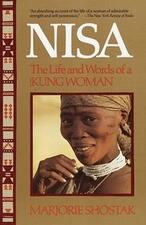Writing
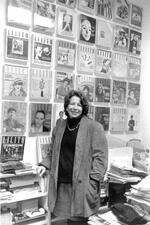
Susan Weidman Schneider
Eva Schocken
As the daughter of Salman Schocken, founder of Schocken Books, and later as editor and president, Eva Schocken pushed the publishing company to the forefront of both education and women’s studies.
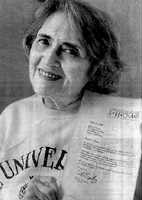
Denise Schorr
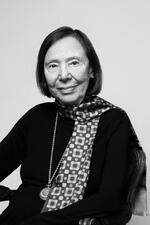
Grace Schulman
During her decades-long career as both poet and professor, Dr. Grace Schulman has received numerous awards, including the Frost Medal for Distinguished Lifetime Achievement in American Poetry. Her work has been included in numerous anthologies, and she has written extensively on her friend and mentor poet, Marianne Moore.
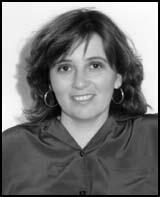
Debra L. Schultz
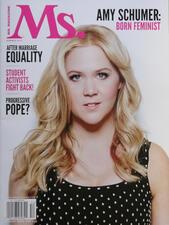
Amy Schumer
Amy Schumer is one of America’s most loved and successful comedians. Her career is built on a true riches-to-rags-to-riches story and is firmly centered on growing up in an unconventional Jewish upbringing.
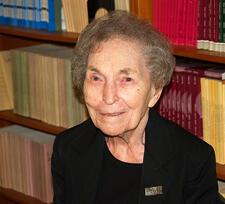
Anna Jacobson Schwartz
Felice Nierenberg Schwartz
Recognizing the hurdles that can stop women from achieving, Felice Nierenberg Schwartz founded Catalyst, an organization to help women with children enter the workforce, created a national network of resource centers and programs to enable women to work part time, and advocated for working mothers in her widely published writing.
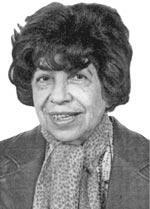
Alice Schwarz-Gardos
As a journalist, editor and foreign correspondent, Alice Schwarz-Gardos wrote articles for German-language newspapers in Israel and Europe from an explicitly Zionist and patriotic point of view. Besides her journalistic work, Schwarz-Gardos published eleven books in German.
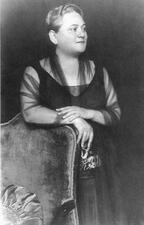
Eugenie Schwarzwald
Miriam Finn Scott
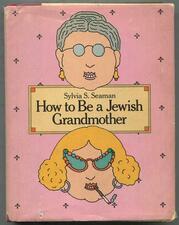
Sylvia Bernstein Seaman
“I’m still capable of marching. I marched sixty years ago. I just hope my granddaughter doesn’t have to march into the next century.” Sylvia Bernstein Seaman was a pioneering feminist of the twentieth century who broke the silence around breast cancer through her frank writing.
Seder Mitzvot Nashim
Seder Mitzvot Nashim refers to the genre of literature in Ashkenazic and Italian communities that explained the specifics of how women should observe the commandments that were particularly associated with them. This handbook was reprinted many times, most famously by Rabbi Benjamin Aron Slonik, whose 1585 version of Seder Mitzvot Nashim was a veritable best seller of the pre-modern age.
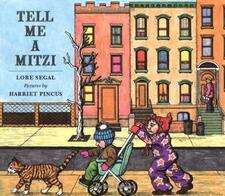
Lore Segal
A respected writer whose work was informed by her experiences as a child refugee from Nazi-occupied Austria, Lore Segal published several books of autobiographical fiction for adults as well as several books for children and translations. She was elected to the American Academy of Arts and Sciences in 2006 and named a finalist for the Pulitzer Prize in 2008.
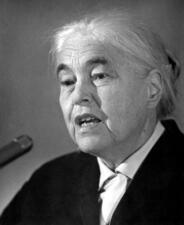
Anna Seghers
Anna Seghers is considered one of the most important German women writers of the twentieth century. Her many novels and stories written during her multiple exiles, including Das siebte Kreuz (1942) adapted into the Hollywood film “The Seventh Cross,” reflect her strong socialist and anti-fascist beliefs, and she remains controversially linked to her later involvement with the East German government.

Grace Seixas Nathan
Although it was never published in her lifetime, Grace Seixas Nathan’s writing showed her passion for her country, her family, and her religion. She began writing poetry at an early age, particularly on Jewish themes. Throughout her life, Nathan corresponded with various friends and relations, blending eloquence and emotion with a fierce wit that bring her era to life.
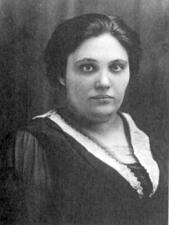
Yente Serdatsky
Proud, independent, enterprising, and contentious, Yente Serdatsky exemplifies the enormous difficulties experienced by Yiddish women writers in achieving recognition. Serdatsky published stories, one-act plays, and dramatic sketches in various Yiddish periodicals, and focussed on the narratives of immigrant women like herself.
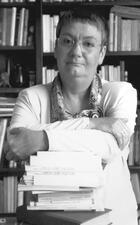
Clara Sereni
Clara Sereni was an Italian writer of Jewish descent. The rich legacy of her Jewish roots as well as her inherited passionate political commitment permeate all her narrative works. The act of writing offered Sereni an opportunity to articulate female subjectivity and language experimentation, providing a setting for exposing issues related to identity, politics of gender, disability, and ethnic diversity while building a new utopia.
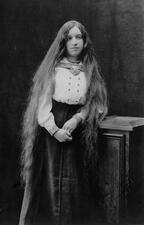
Havvah Shapiro
“Our literature lacks the participation of the second half of humanity.” Thus proclaimed the Hebrew writer Hava (Eva) Shapiro (1878-1943) in her 1909 feminist manifesto, the first ever in the Hebrew language. She was the most prolific female Hebraist of her era to remain in the Diaspora and the first woman ever to have kept a diary in Hebrew.

Judith Sheindlin
For two and half decades, former New York family court Judge Judith Sheindlin has riveted daytime viewers, racked up awards, and sold thousands of books to people hungry for the tough love of a tough Jewish mother. Millions of viewers who watch Judge Judy every day are treated to many Yiddish words and wisdom the jurist uses on a parade of deserving participants who enter her TV studio courtroom.
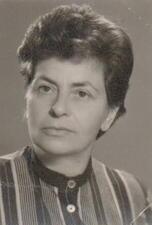
Sarah Shner-Nishmit
Polish author and historian Sarah Shner-Nishmit traveled constantly to evade capture during World War II, working at a labor camp and joining a partisan group. Shner made aliyah in 1947 and subsequently began her writing career, which included children’s books and historical research. She also helped found Kibbutz Lohamei ha-Getta’ot, where she lived until her death.
Viola Brothers Shore
Viola Brothers Shore was an accomplished writer, poet, and screenwriter during the 1920s and 1930s. In addition to writing for numerous publications, she wrote silent movie titles and original stories for many films and won awards for her may mystery stories.
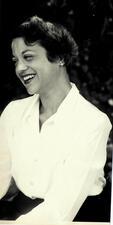
Wilma Shore
Wilma Shore was a writer and teacher most active between the 1940s and the 1960s. She lived at various times in Los Angeles and New York City, settling finally in New York City. Involved with left-wing political activity, she and her husband were blacklisted during the House Committee on Un-American Activities hearings.
Rose Shoshana
Rose Shoshana began her acting career in the Yiddish theater world, playing Manke in Got fun Nekome in 1908. She went on to perform across Europe, America, and Asia. When she arrived in New York in 1946, she began a career as a novelist, writer, translator, and journalist at the Forverts.
